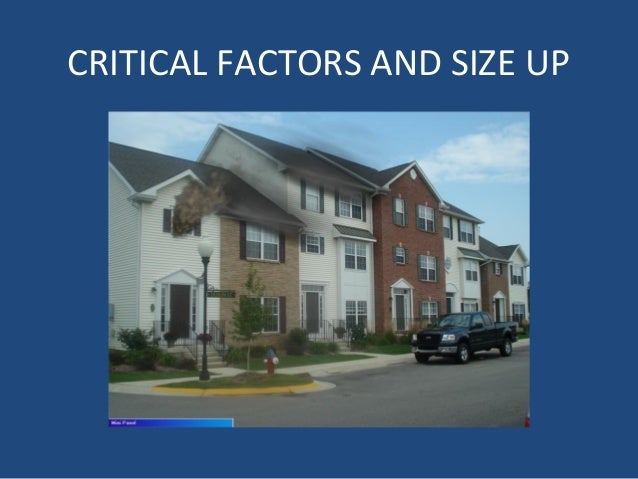

This may require minor substitutions to points of the size-up but these substitutions are simple once the principles are understood.Īs an example the categories of: construction (the method and material by and of which a building is built) and occupancy (what a building is utilized for) could also apply to an emergency involving a pipeline carrying aviation fuel. The information provided by performing this assessment can be utilized in many emergencies including those in an industrial facility. While this size-up format, and others like it, was primarily designed to assess building fires, they are regularly utilized to assess fires in other structures such as ships and planes, and during other emergencies such as collapses. Modified for industrial use COAL WAS WEALTH stands for: In this version the initial T stands for Terrain the first A, that usually stands for Apparatus, now stands for Apparatus and Personnel and the additional S stands for Special considerations.Īs taught by FDNY, COAL WAS WEALTH stands for: In his version, Area is combined with Height, allowing the final H to be designated as Hazardous materials.

In his book the Fire Officer’s Handbook of Tactics, he made a change that I feel is particularly pertinent when applied to industrial incidents. One change to the mnemonic was introduced by Deputy Assistant Chief John Norman, a retired member of FDNY, Special Operations Command (SOC).


 0 kommentar(er)
0 kommentar(er)
